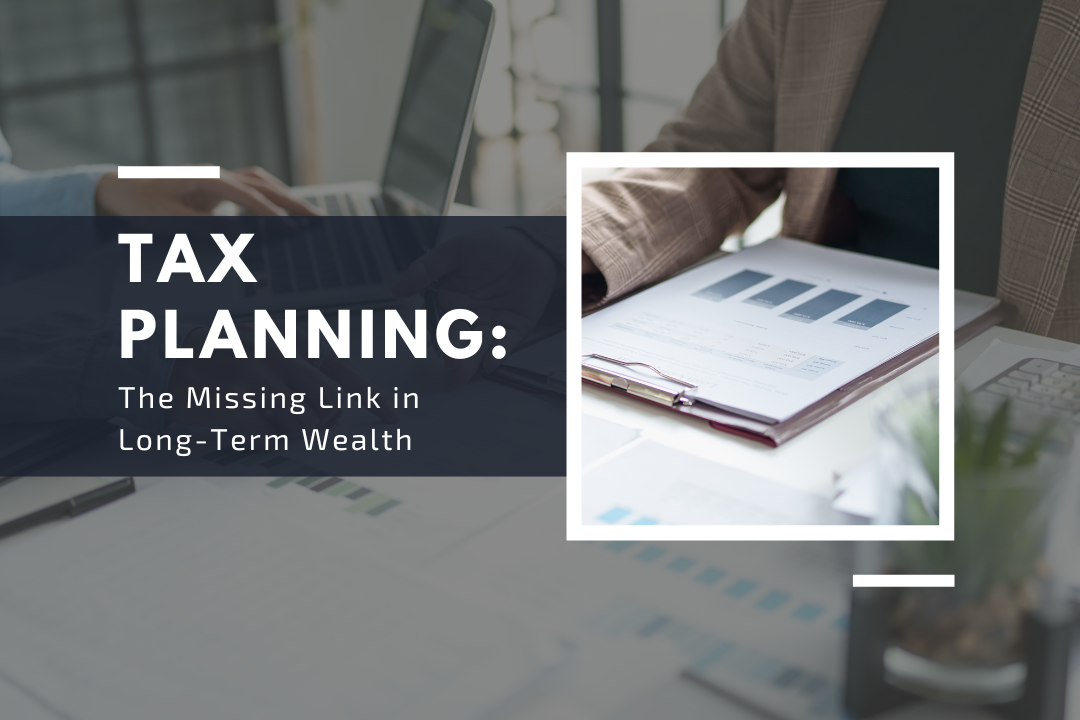Aging Care

Planning for aging care has become increasingly urgent as the population grows older and healthcare costs continue to rise. Studies project that the number of US households headed by an adult age 80 and over will more than double by 2040, and many will face a combination of longer life expectancy and greater risk of chronic illness1. At the same time, the financial burden of care is substantial: the average 65-year-old retiring today can expect to spend over $170,000 on healthcare in retirement2. Without preparation, these expenses, together with the emotional and logistical challenges of declining health, can leave individuals and families scrambling. Planning for aging care, including through budgeting, insurance, and open conversations with loved ones, helps ensure that aging adults maintain independence and financial stability while reducing stress for future caregivers.
Planning for aging care is a topic that is relevant for every person from every walk of life. At the same time, like many other life questions, planning for aging care can feel overwhelming in the beginning. Being aware of potential biases and employing recommendations to overcome them can help tackle the planning process one step at a time and lead to being better prepared.
Here are some of the behavioral blind spots possibly at play when it comes to planning for aging care:
Discover More




